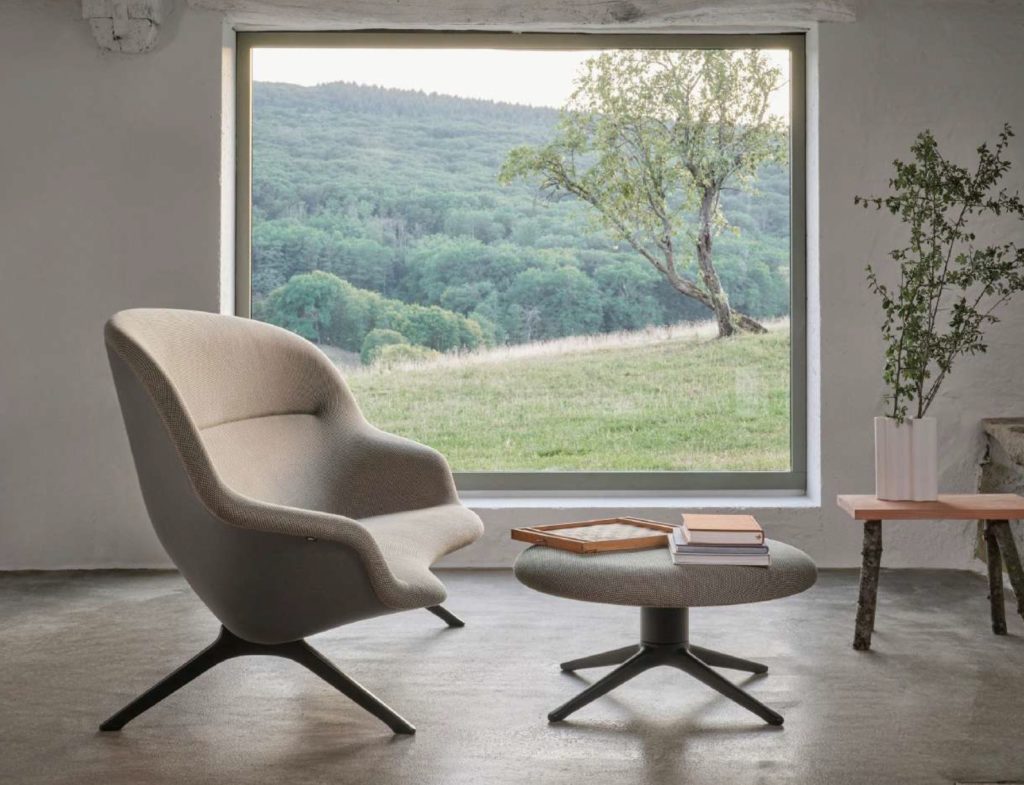
A Shell of a Sofa
When the Brothers Bouroullec announce a new product, one can be certain that the item will go beyond a mere chair or table and ascend to the heights of conceptual theory and philosophical discourse. In my experience, every gesture from the designing duo is a well-considered strategem for organizing space, and, thereby, facilitating human interaction and helping to form cohesive community.
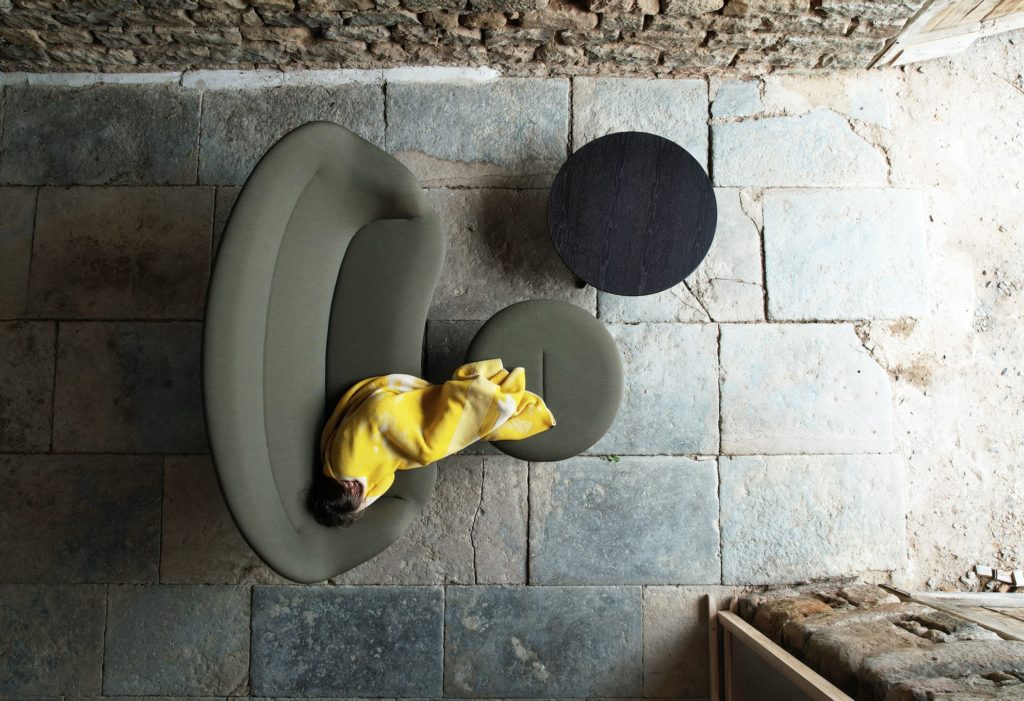
Abalon sofa, ottoman, and table viewed from above. *All images except abalone shells ©Florian Bohm.
Indeed, a new Bouroullec piece is an event. As Erwan himself says, apropos of the new Abalon sofa for Vitra, it’s never just about the furniture: “I am always looking for freedom and factors that make people behave in a quite intuitive way. Every piece of furniture informs social protocols.”
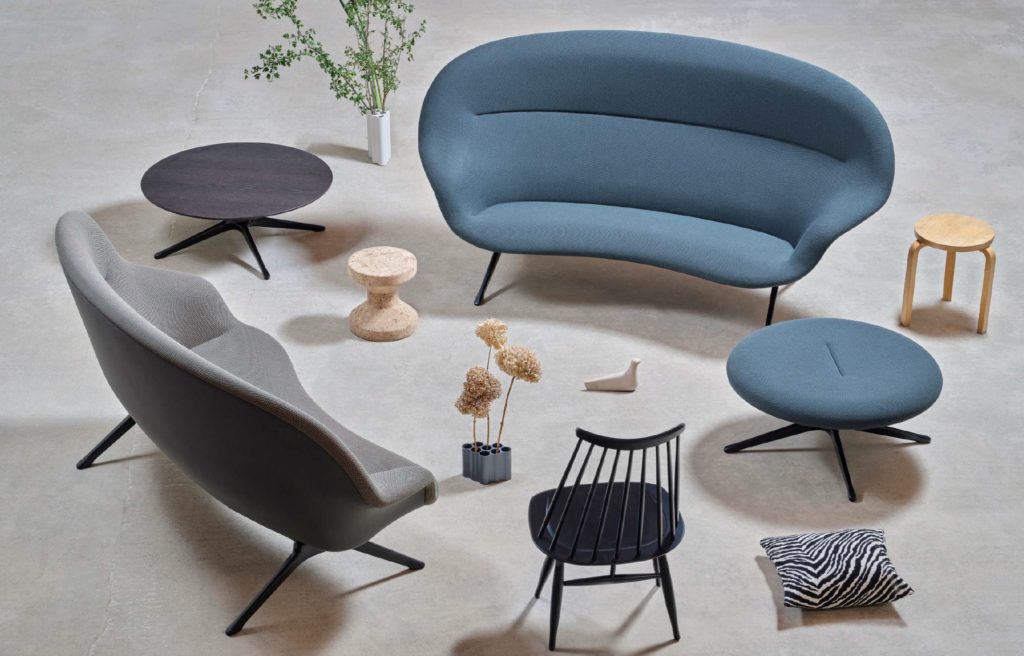
Abalon aspires toward the poetry and perfection of sitting in a circle.
Abalon has been four years in the making. Begun as an offshoot of a lounge chair the Brothers were working on in 2019 (Erwan says they, “cut the lounge in half” to conceptualize the sofa), Abalon has two antecedent inspirations. The first is Christopher Alexander’s seminal book, A Pattern Language, to which Erwan offers credit for the idea that a circle is the ideal shape for facilitating spirited discussion. The second is the under-sung mollusk known in English as abalone.
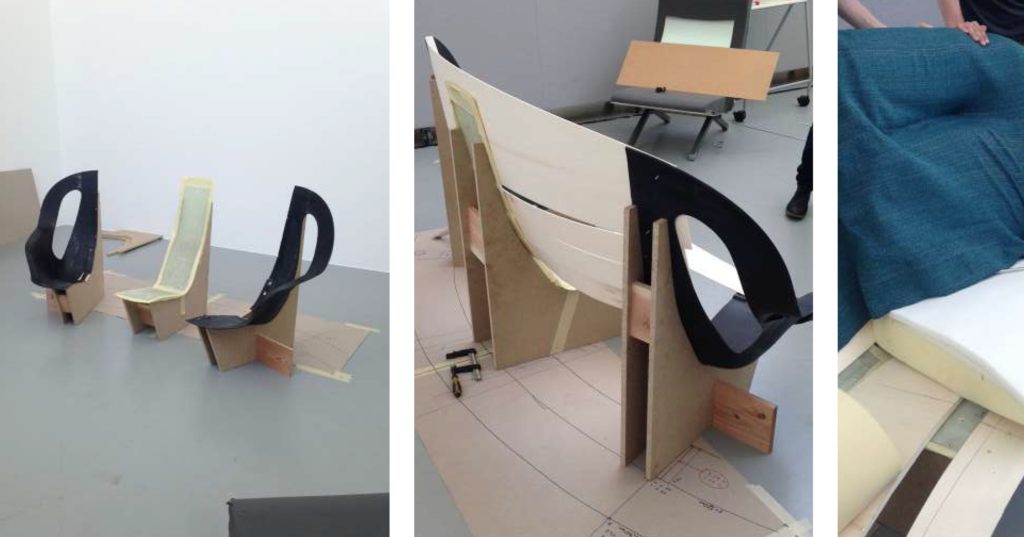
Above: early prototyping of Abalon. Below: the inviting aura of an abalone shell.
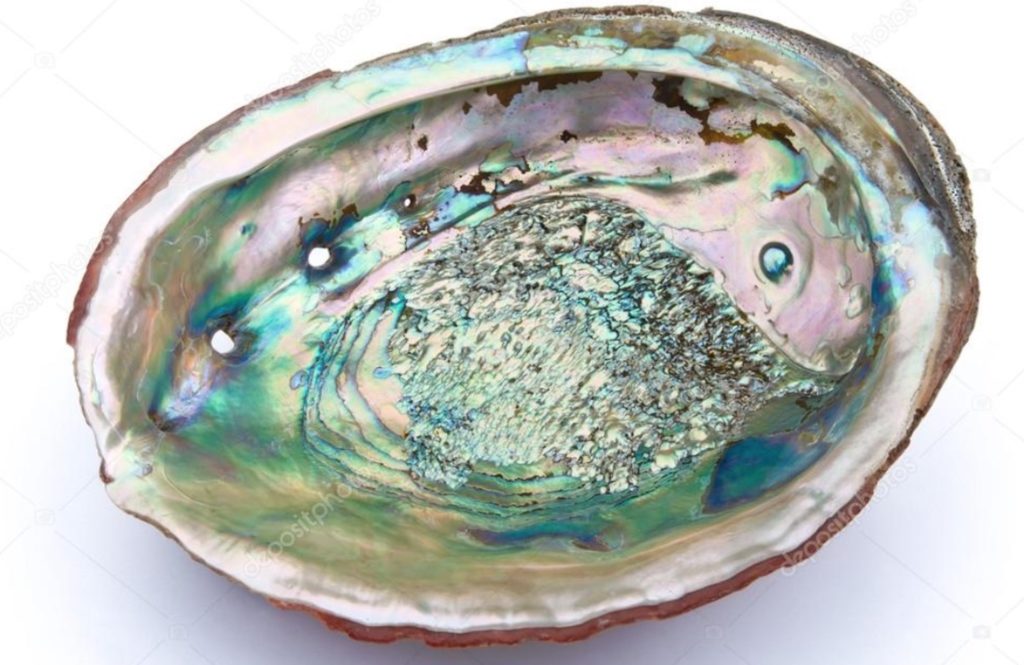
Before we move on to the intriguing aesthetics of the Abalone of the sea, we should let Erwan finish his thought about circles, as both Alexander and he go on to say that circles are ideal for delineating space, not only because they help people within find connection, but also because they make it easy for those who prefer to remain without.
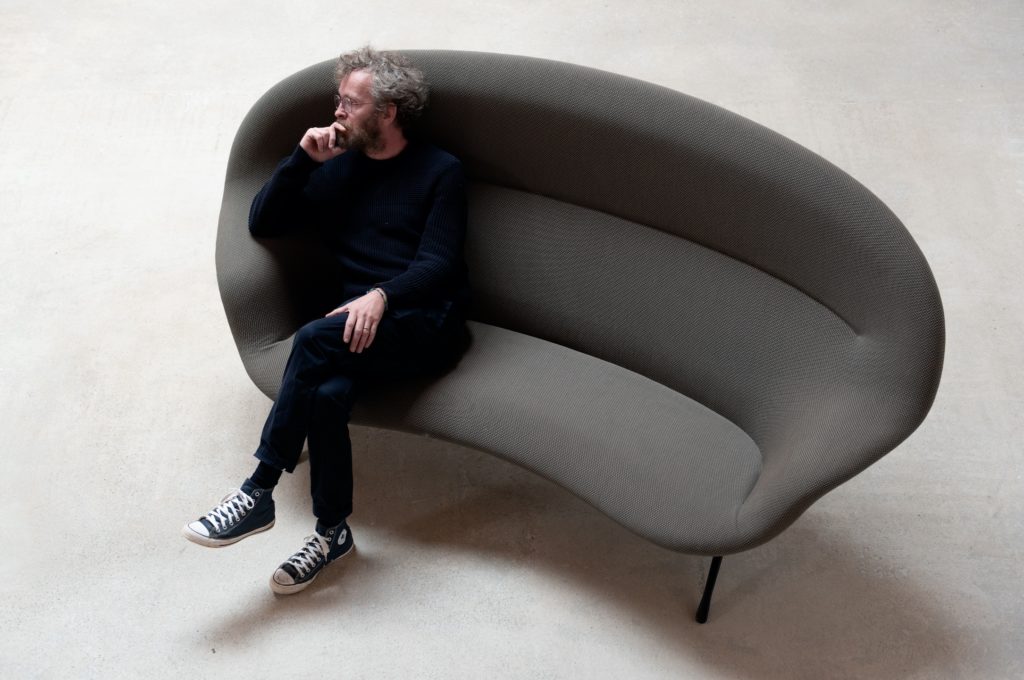
With its subtle curvature and broad encompassing back, Abalon is an intuitive arc that suggests continuation into a circular form, but it’s also a protective barrier. Erwan describes it thusly: “The circle creates a natural focus for the people sitting inside it, but when people want to cross the room and avoid entering the circle, it is very easy to pass by.”
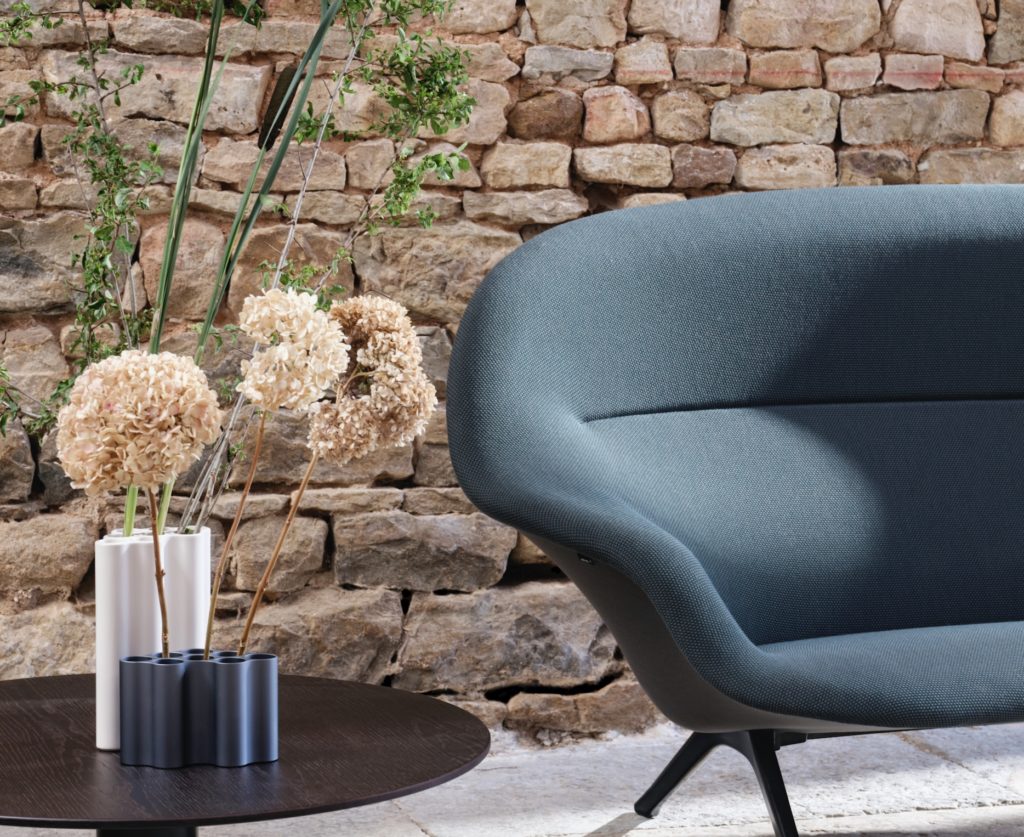
As they so often do with both their furniture and their philosophy, the Bouroullecs are articulating options. A core notion of Abalon is freedom: freedom from the permanent architecture surrounding it, freedom from the geometry of hard angles, freedom from the arbitrary strictures of rectilinear walls and floors: “what is quite amazing with furniture and objects is that they have the ability to reset a space quite quickly.”
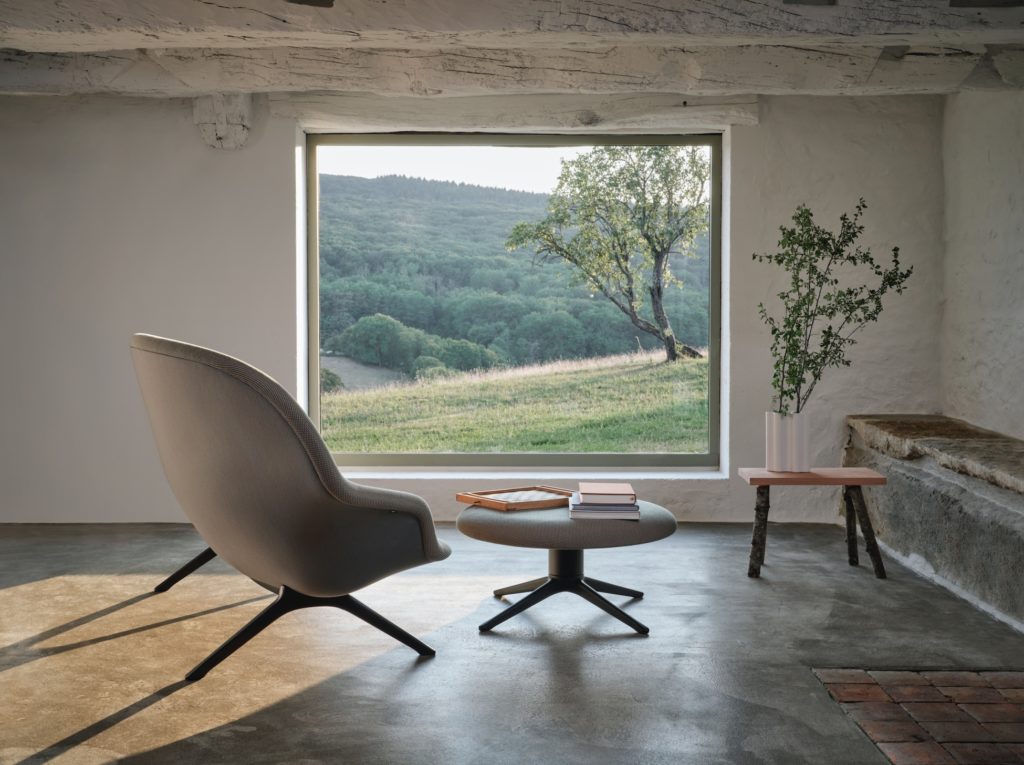
Freedom to remain outside of the circle and still enjoy the view.
It’s only natural that the Bouroullecs should look to—well, nature—as inspiration for this shape that welcomes in and keeps out, that invites participation and offers privacy in equal measure. Erwan says he’s been interested in abalone shells for a long time, having collected them as a child. He points out two qualities that account for his keen interest: their inscrutable iridescence and the barely perceptible lineation that sketches out its gentle arc.
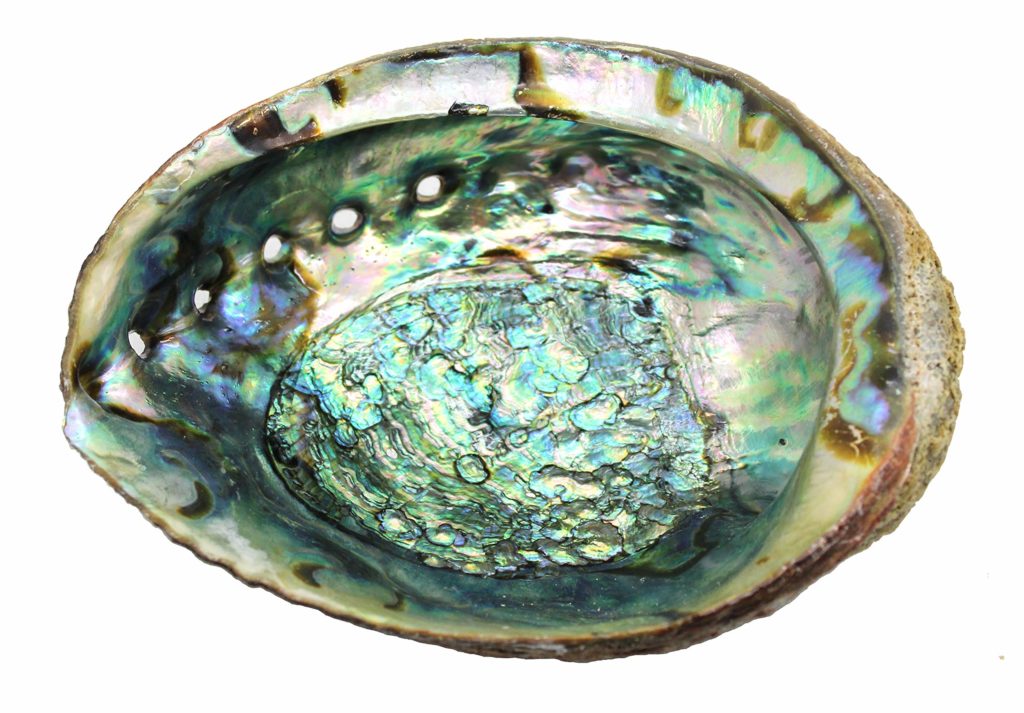
Look closely and you’ll discern a series of points at an identical height, almost like a rudimentary sketch for a basic form. Erwan draws a parallel between these points and the way the Bouroullecs used a stretchable textile to create the sofa’s contours.
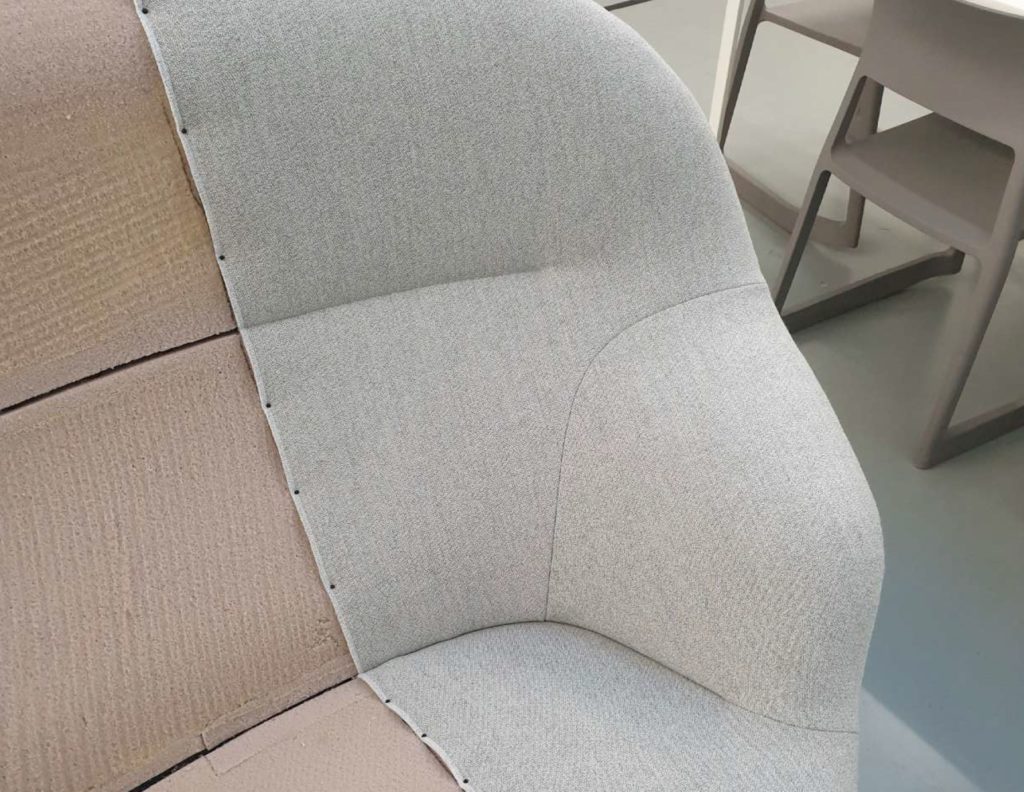
Says Erwan, “when you look inside an abalone shell, there is a tiny line of points… the Abalon sofa has this kind of very important way of holding the fabric onto two main lines that force the fabric into the shape.”
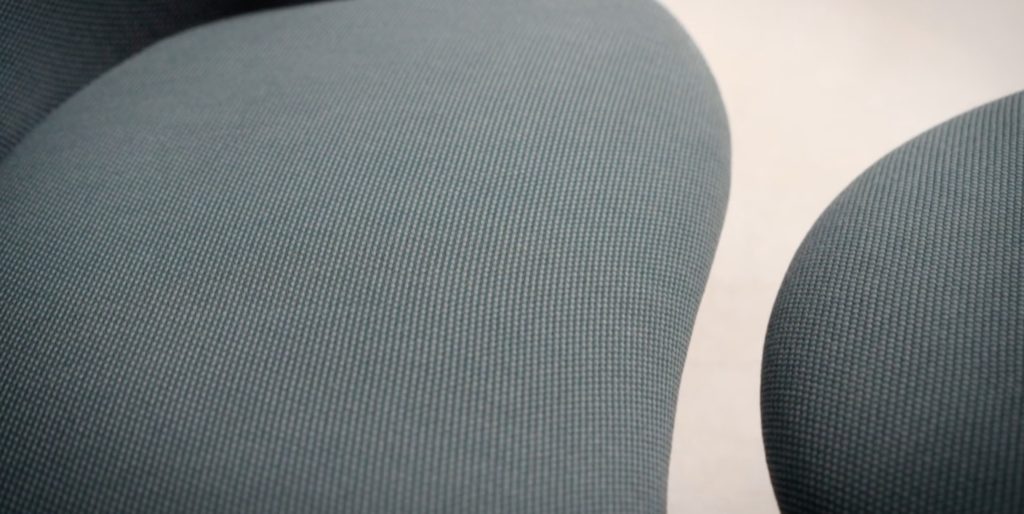
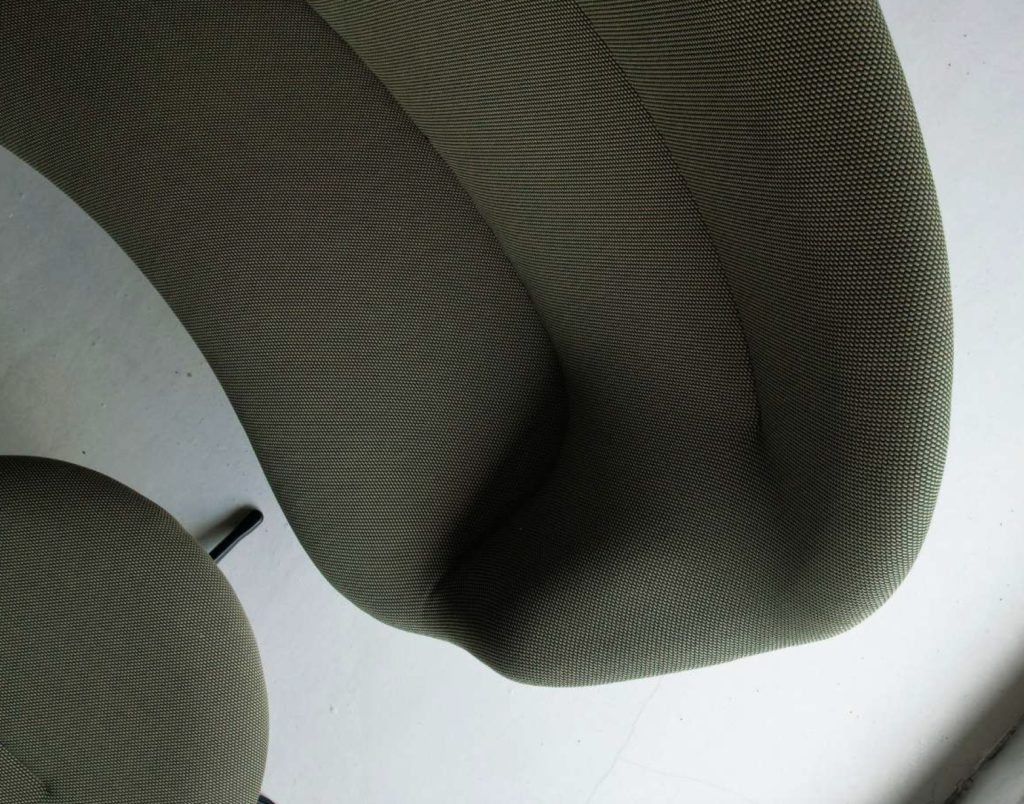
Like the Bouroullec’s earlier Ploume sofa, which also employs a stretchable textile, Abalon acheives its shape via a relatively simple shell, foam, and the versatile textile, a sublime skin on the skeleton that ultimately determines form—and function too. This takes us back to the beautiful interior of the abalone shell, an attracting artifice that the Bouroullecs endeavor to duplicate with the sofa’s intutive ergonomy, its welcoming aspect that encourages many different ways to sit or lie or comfortably turn towards a companion: “This sofa is lightweight… it has the nature of the body, not the nature of a typical architectural volume… it is as free as the people in the room.”
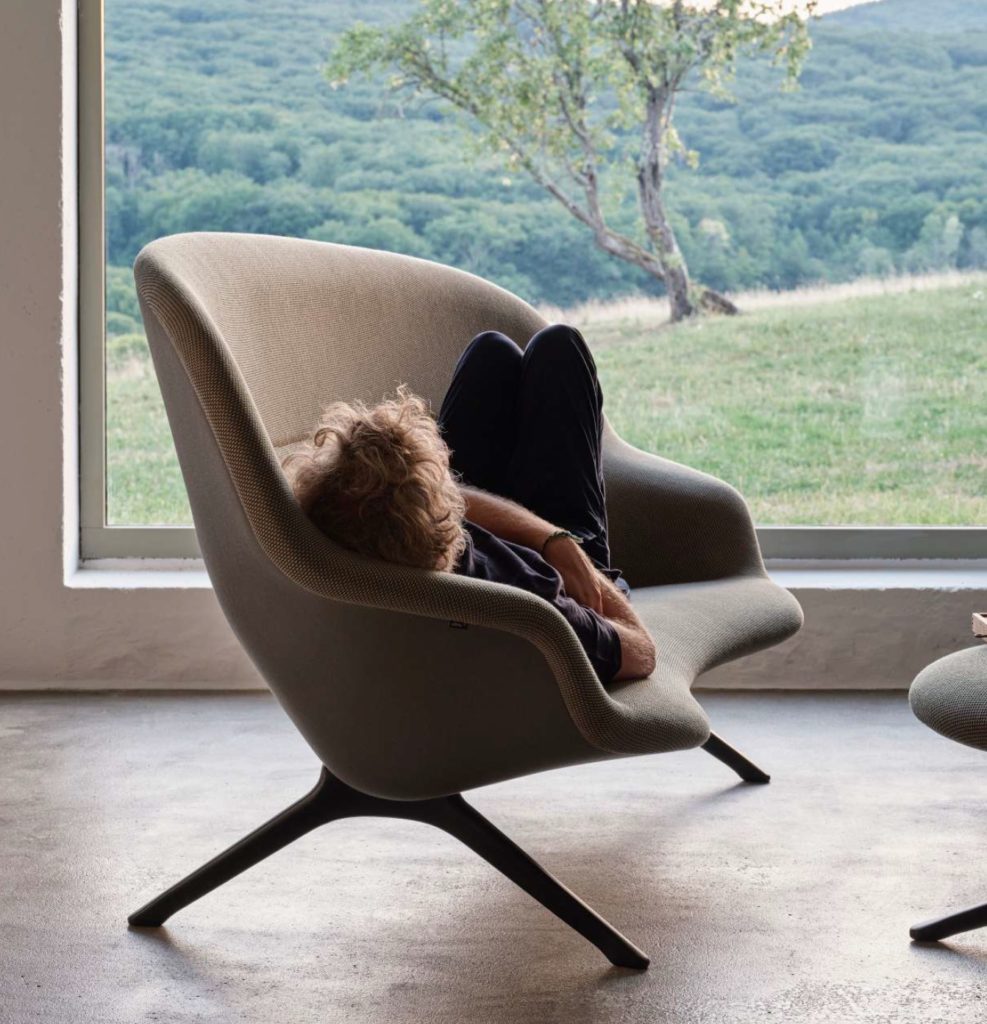
The Abalon sofa, table, and ottoman are now available from Vitra. While user-specified fabrics are offered for custom builds, in the interest of simplicity, upholstery options are limited to a single textile in eight colors: “We can waste a lot of energy by offering a lot of different textiles and colors, many different kinds of elements. Here with Abalon, we are trying to do the opposite. The sofa is incredibly simple, which means you can understand at a glance.”
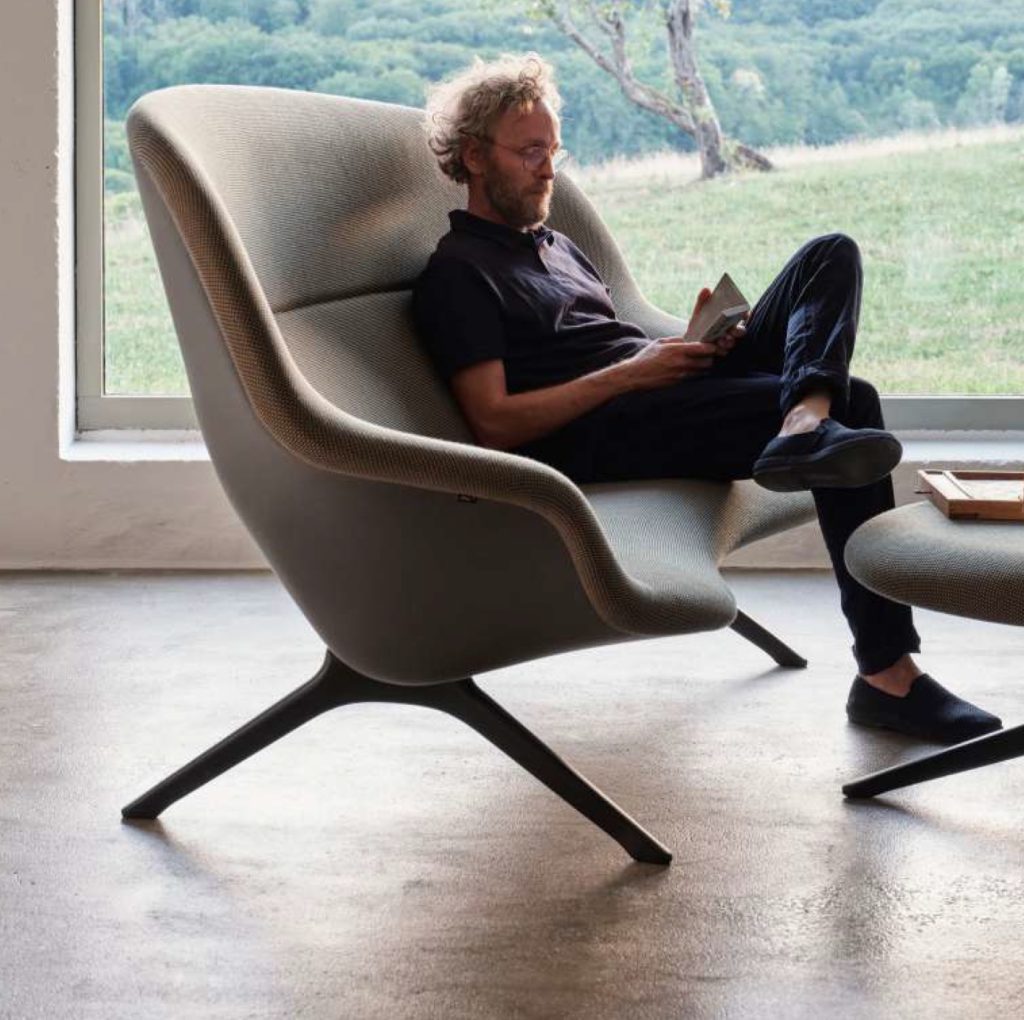
See The Bouroullecs and Vitra for further details. And for more on Erwan and Ronan’s design philosophies, see our exclusive interview.

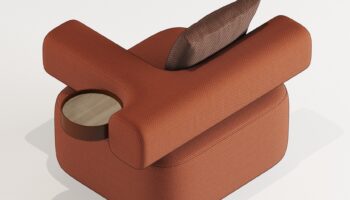
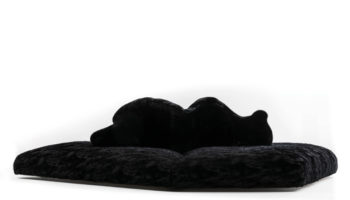

Leave a Reply